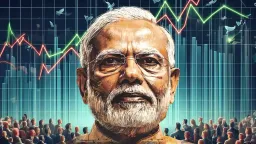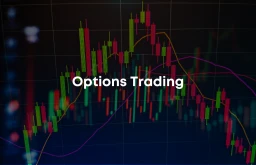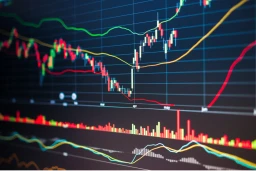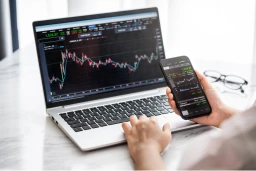Is Forex Trading legal in India?
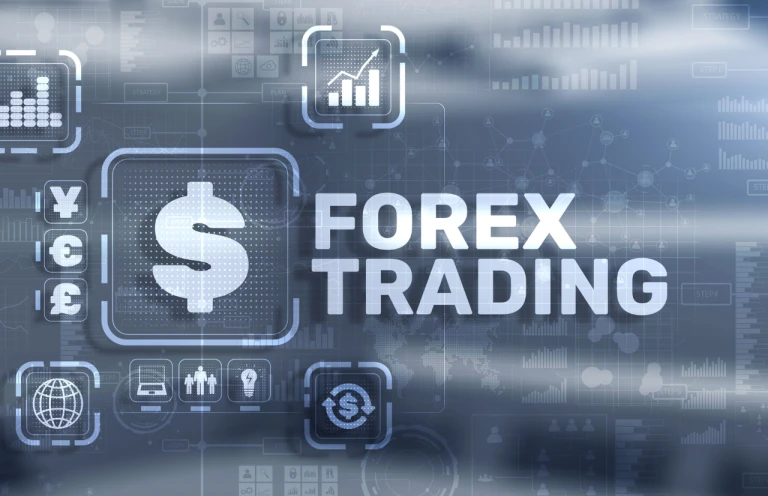
Forex trading is underappreciated in India, yet it has the potential to generate millions of dollars, if done correctly and properly. This article discusses how to invest in foreign exchange trading, as well as the risks and opportunities, as well as important recommendations. So grab a cup of coffee and let’s dive into the world of Indian Forex regulation!
What is Forex trading?
Forex trading, also known as foreign exchange or currency trading, is a decentralized global market in which all currencies from different economies are traded—sold and bought. The foreign exchange market is the largest financial market in the world. Like stocks, you can buy or sell a currency based on your view of its value or simply by forecasting where it will go in the future. Forex trading is permitted on Indian exchanges such as the BSE, NSE, and MCX-SX.
Yet, you can win big or lose everything in the blink of an eye. You can purchase or sell a currency depending on whether you believe its value will rise or fall. Finding a buyer when you’re selling and vice versa is considerably easier in a market with this much flexibility than in any other market. Forex trading occurs when the purchase and sale of one currency for another occurs as part of the same transaction and at the same time.
Is Forex trading prohibited in India?
Yet, forex trading sites are illegal in India. Currency trading is not permitted on the foreign exchange market, however it is permitted on the stock exchange. Binary trading is prohibited under the Foreign Exchange Management Act (FEMA). While dealing in foreign currency is lawful, there are some constraints.
As a trading currency, the Indian Rupee, for example, must be used (INR). The only four currencies that can be combined with the INR are the US Dollar (USD), Euro (EUR), British Pound (GBP), and Japanese Yen (JPY). Continue reading to learn how Indian businessmen may easily exchange currencies.
How can forex trading be legally done in India?
Because the forex market operates in places such as New York, London, Tokyo, and Singapore, the first step is to contact a broker with a global reach.
Forex trading strategies
Losing money is easier than making it, given its liquidity in terms of daily trading volume. Some of the most prevalent tactics for promoting the cause are as follows:
Price Action technique
Trend trading
Counter trend trading
Range trading
Breakout trading
Position trading
Carry trade
Acknowledge your constraints
 Is Forex Trading legal in India?
Is Forex Trading legal in India?
Price Action Technique
The price action method is the most commonly used Forex trading approach. It is often favorable in a wide range of market conditions and is entirely dependent on price action in currency trading.
Trend Trading
Before deciding on an entry point, traders must first determine the direction of the currency price movement (whether upward or downward). Moving averages, stochastics, relative strength indicators, and other internet tools can also be used to assist traders with their analysis.
Counter Trend Trading
In this strategy, a transaction is placed against the current trend in the sole hope of making tiny profits, with the expectation that the trend would reverse.
Range Trading
A trade is made in a specific range of currency values, and the trader must discover beneficial pricing conditions in order to trade, where price levels are generally controlled by currency demand and supply.
Breakout Trading
In this trading method, a trader enters the market as it breaks out of a previous trading range, i.e. a breakout.
Position Trading
Position trading is mostly used by seasoned veteran traders and involves assessing charts at the end of the day. To perfect this strategy, one must first comprehend the fundamentals of the market.
Carry Trade
The carry trade strategy is based on the interest rate differential between the two countries whose currencies are being traded. This approach entails selling a low-interest-rate currency and purchasing a higher-interest-rate currency, and if done correctly, it may be highly beneficial.
Acknowledge your constraints
It is vital to specify your bounds while developing a strategy. Determine when you will exit a deal or when continuing to trade will be detrimental. If you’ve identified it, it will be much easier to make dynamic decisions in the future.
Foreign Exchange Risks
When a firm performs financial transactions or keeps financial records in a currency other than the one on which it is based, a risk emerges. For example, a Canadian corporation doing business in China faces foreign exchange risk since it accepts financial transactions in Chinese Yuan and reports financial results in Canadian dollars.
Foreign currency risks can be classified into several forms.
The risk of a transaction
Economic danger
The dangers of translation
The risk of a transaction – Transaction risk is the risk that a business faces while doing international financial transactions. Before the transaction is completed, the currency rate may fluctuate, providing a risk. The interval between transaction and settlement is, in essence, the source of transaction risk. Forward contracts and swaps can help to reduce transaction risk.
Economic danger – Economic risk, often known as forecast risk, is the risk that an organisation’s market value will be influenced by unavoidable exchange rate swings. This type of risk is often caused by macroeconomic factors such as geopolitical instability and/or government regulations.
The dangers of translation – Translation risk or translation exposure is the risk created by a corporation having a domestic headquarters but conducting business in a foreign jurisdiction. Whose financial performance is expressed in its native currency. When a corporation keeps a larger percentage of its assets, liabilities, or stock in a foreign currency, the risk of translation grows.
Explore comprehensive trading strategies and insights with Mint CFD, a trusted partner in CFD trading.
The Bottom line
The FOREX markets have become the world’s most liquid and continuous marketplaces, transferring trillions of dollars every day. Speculators and hedgers can choose an instrument and leverage that best suits their needs. While trading in the spot market, futures markets, or options markets. The FOREX markets provide a platform for dealing with currency fluctuations, ranging from complex speculative strategies to simple hedging techniques.
Follow us on Instagram.



